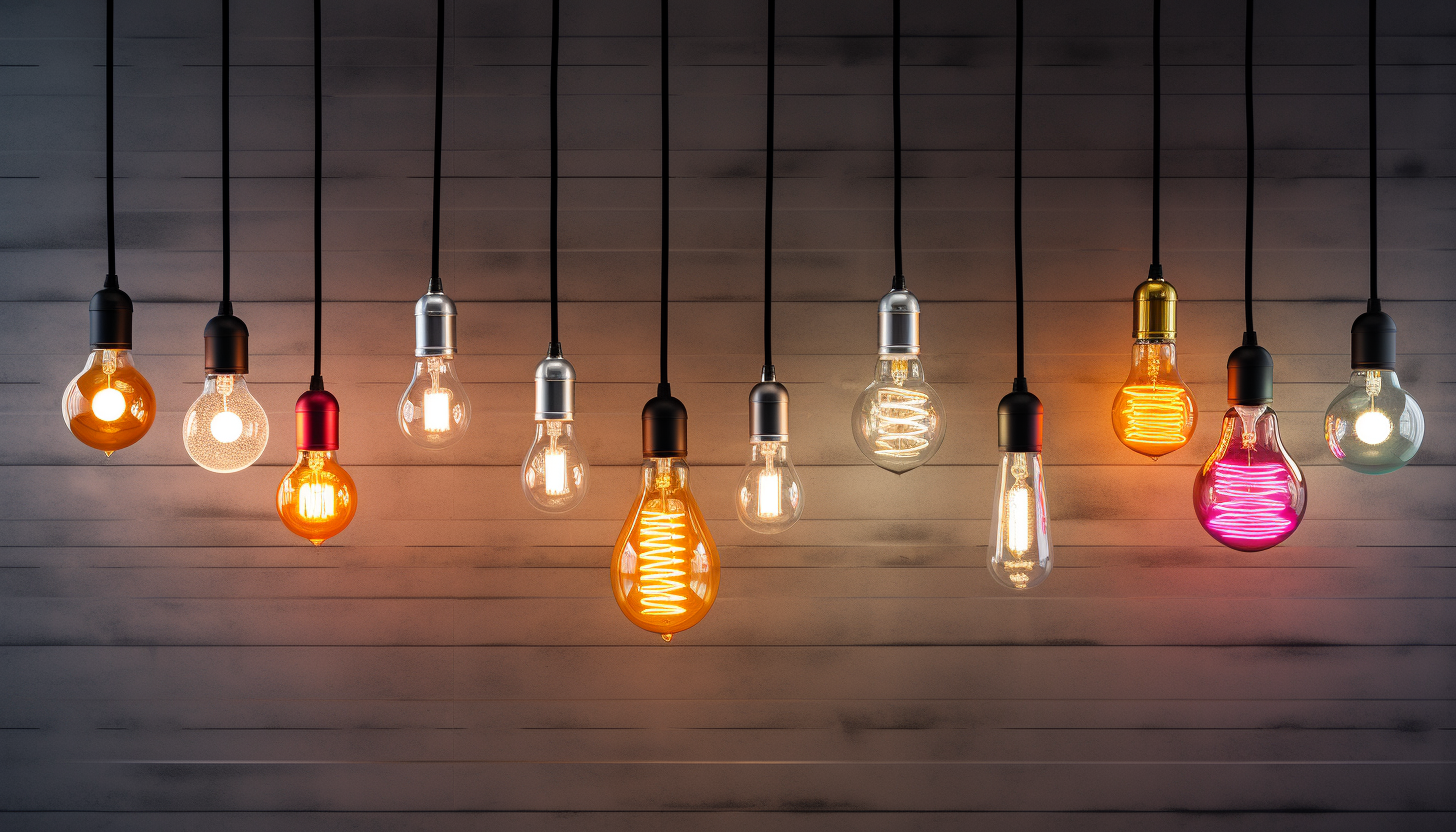Illuminate Wisely: Your Guide to Energy-Efficient Lighting Solutions

In today's world, where sustainability and energy conservation are paramount, lighting your home or business efficiently is not just a matter of cost savings but also a contribution to a greener planet. This blog post will be your comprehensive guide to understanding, choosing, and implementing energy-efficient lighting solutions. Let's embark on a journey to brighter, eco-friendly spaces while saving on your energy bills.
The Energy-Efficient Lighting Revolution
Lighting technology has come a long way in recent years, and the shift towards energy-efficient lighting has been remarkable. Traditional incandescent bulbs are being phased out in favor of more efficient alternatives. Let's explore some of the key players in this revolution:
LED (Light Emitting Diode) Lighting
- LEDs are the darlings of energy-efficient lighting. They use up to 80% less energy than incandescent bulbs and last significantly longer. We'll dive into the various types of LED lights and where they work best.
CFL (Compact Fluorescent Lamp) Lighting
- CFLs are another energy-saving option. They use about 70% less energy than incandescent bulbs and can fit into most standard fixtures.
Halogen Bulbs
- Halogens are more efficient than incandescents but not as much as LEDs or CFLs. However, they are still a valid option for specific lighting needs.
Calculating Energy Efficiency
Understanding the energy efficiency of lighting involves more than just looking at the bulb's wattage. We'll delve into the concept of lumens, color temperature, and the importance of choosing the right light for each space.
Benefits of Energy-Efficient Lighting
Energy-efficient lighting offers numerous advantages beyond lower energy bills:
Environmental Impact
- Less energy consumption means reduced carbon footprint, contributing to a greener environment.
Longevity
- Energy-efficient bulbs have longer lifespans, reducing the frequency of replacements.
Reduced Heat Emission
- LEDs, in particular, emit very little heat, making them safer and helping to lower cooling costs.
Versatility
- Energy-efficient lighting comes in various shapes, sizes, and color temperatures, suitable for any lighting design.
Practical Implementation
Now that you're acquainted with the basics, it's time to put this knowledge into action. Learn how to transition to energy-efficient lighting solutions in your home or office. We'll discuss:
Fixture Compatibility
- Ensure your fixtures are compatible with your chosen energy-efficient bulbs.
Retrofitting Options
- Explore retrofitting options for existing fixtures, making the transition even more accessible.
Lighting Design Tips
- Discover how to create the perfect ambiance with energy-efficient lighting, whether it's for task lighting, accent lighting, or general illumination.
The Future of Energy-Efficient Lighting
As technology continues to advance, the future of energy-efficient lighting looks even brighter. We'll explore upcoming trends such as smart lighting systems, connected lighting, and sustainable lighting designs.
By the end of this guide, you'll be well-equipped to make informed choices about energy-efficient lighting solutions for your home or business. Illuminate your spaces efficiently, reduce energy consumption, and take a step towards a more sustainable future. Let's shine a light on a greener, brighter tomorrow.


